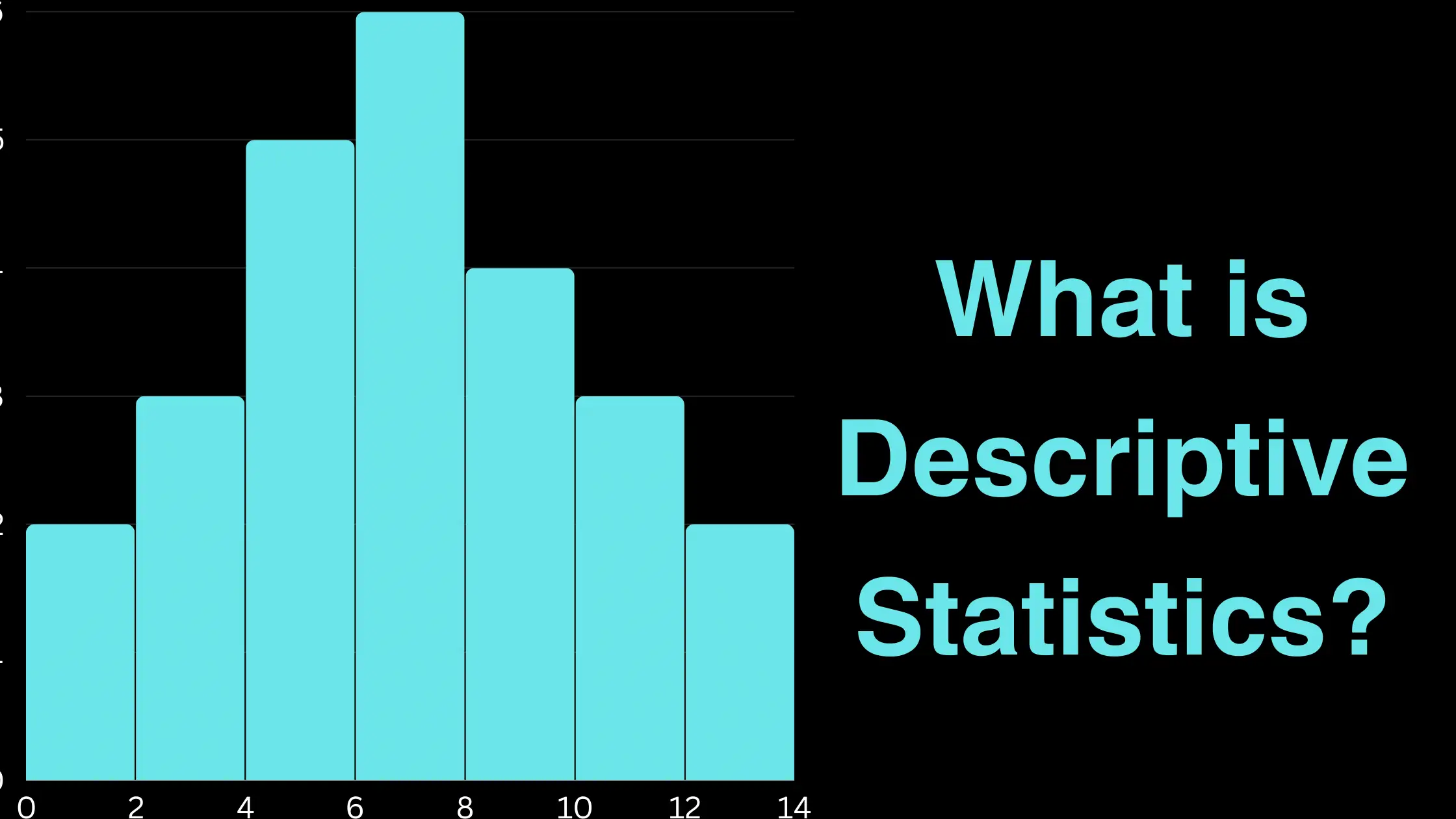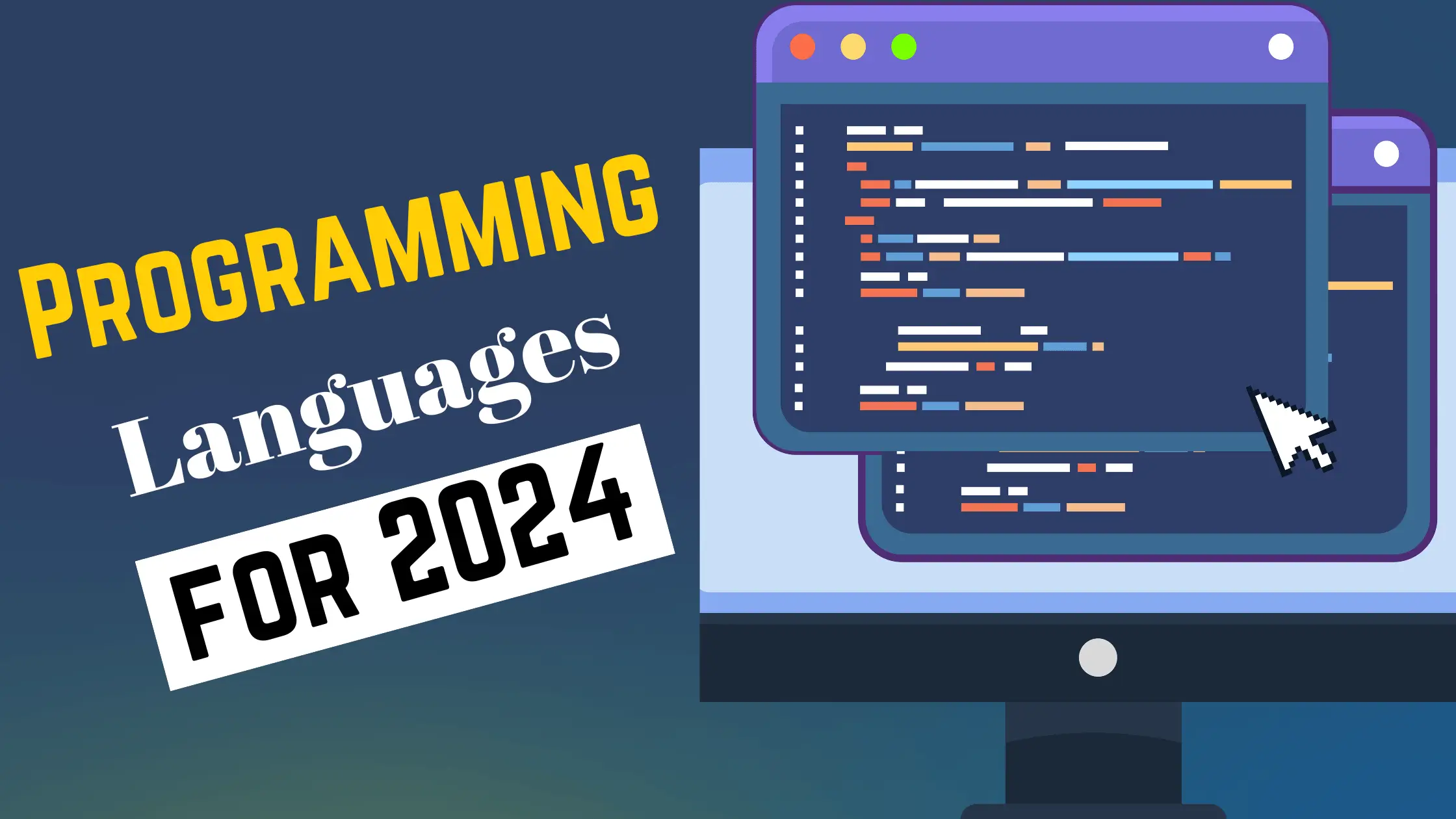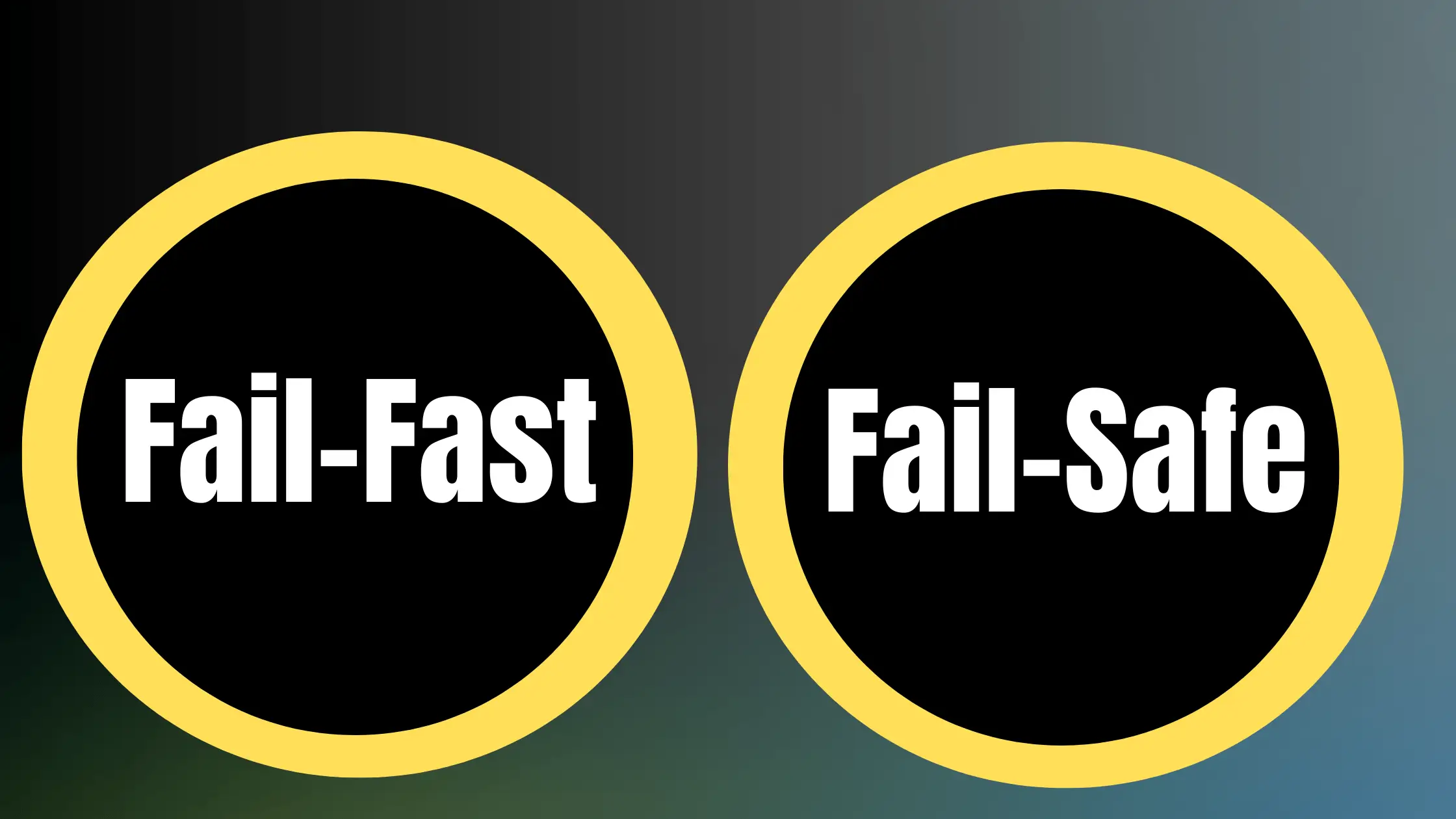As we move further into the digital age, the demand for skilled Java developers continues to rise. In 2024, crafting a compelling and effective Java developer resume is crucial to stand out in a competitive job market. This article will provide you with valuable insights, templates, and samples to help you create a winning resume that showcases your skills and experience.
The Importance of a Well-Crafted Java Developer Resume
In today’s fast-paced tech industry, a well-constructed resume is your gateway to landing your dream job as a Java developer. Your resume should effectively communicate your technical expertise, problem-solving abilities, and relevant experience to potential employers. By presenting a clear and concise overview of your qualifications, you increase your chances of securing an interview and ultimately, the job.
Key Elements of a Java Developer Resume
To create a compelling Java developer resume, consider including the following key elements:
- Contact Information: Start with your full name, email address, phone number, and location.
- Professional Summary: Provide a brief overview of your skills, experience, and career goals.
- Technical Skills: Highlight your proficiency in Java and related technologies, such as Spring, Hibernate, and SQL.
- Work Experience: Detail your professional experience, including job titles, company names, dates of employment, and key responsibilities.
- Projects: Showcase relevant projects you have worked on, emphasizing your role and the technologies used.
- Education: Include your educational background, degrees, and any relevant certifications.
Customizing Your Resume for Each Application
While it’s essential to have a strong foundation for your Java developer resume, it’s equally important to customize it for each job application. Take the time to research the company and the specific requirements of the position you are applying for. Tailor your resume to highlight the skills and experiences that are most relevant to that particular job.
For example, if the job listing emphasizes experience with Spring Boot and microservices, make sure to prominently feature your related projects and achievements in these areas. By demonstrating a clear alignment between your qualifications and the job requirements, you increase your chances of catching the hiring manager’s attention.
Crafting a Compelling Professional Summary
Your professional summary is the first section hiring managers will read, so it’s essential to make a strong impression. This section should be a concise snapshot of your skills, experience, and career objectives. Here’s an example of an effective professional summary for a Java developer:
“Experienced Java developer with 5+ years of expertise in developing robust and scalable web applications using Java, Spring, and Hibernate. Skilled in Agile methodologies and collaborating with cross-functional teams to deliver high-quality software solutions. Seeking a challenging role to leverage my technical skills and contribute to the success of a dynamic organization.”
Tailoring Your Professional Summary
To make your professional summary even more impactful, tailor it to the specific job you are applying for. Research the company and the position requirements, and incorporate relevant keywords and skills into your summary. This will demonstrate your understanding of the role and highlight how your qualifications align with the company’s needs.
Showcasing Your Unique Value Proposition
In addition to highlighting your technical skills and experience, your professional summary should also showcase your unique value proposition. What sets you apart from other Java developers? Do you have a proven track record of delivering projects ahead of schedule, or do you have experience mentoring junior developers?
Consider including a brief statement that encapsulates your unique strengths and the value you can bring to the organization. For example:
“Passionate about creating efficient and scalable software solutions, with a track record of reducing development time by 20% through the implementation of innovative automation techniques.”
By incorporating your unique value proposition into your professional summary, you give hiring managers a compelling reason to continue reading your resume and invite you for an interview.
Showcasing Your Technical Skills
As a Java developer, your technical skills are the foundation of your resume. This section should prominently feature your proficiency in Java and related technologies. Here are some essential skills to include:
- Java SE and EE
- Spring Framework (Spring Boot, Spring MVC, Spring Security)
- Hibernate and JPA
- SQL and NoSQL databases (MySQL, MongoDB, Cassandra)
- Web technologies (HTML, CSS, JavaScript, jQuery)
- RESTful APIs and microservices architecture
- Build tools (Maven, Gradle)
- Version control systems (Git, SVN)
- Agile methodologies (Scrum, Kanban)
- Testing frameworks (JUnit, Mockito)
Organizing Your Technical Skills
To make your technical skills section easy to read and visually appealing, consider using bullet points or a table format. Group related skills together and prioritize the most relevant ones for the job you are applying for. If you have certifications or advanced proficiency in certain technologies, highlight them to demonstrate your expertise.
Demonstrating Your Proficiency Level
When listing your technical skills, it’s helpful to indicate your level of proficiency for each one. This gives hiring managers a clear understanding of your strengths and areas of expertise. Consider using a scale or descriptive terms to convey your proficiency, such as:
- Expert: Extensive experience and deep understanding of the technology
- Advanced: Strong command of the technology and ability to solve complex problems
- Intermediate: Solid understanding of the technology and ability to work independently
- Beginner: Basic knowledge of the technology and ability to learn and grow
By clearly communicating your proficiency level, you help hiring managers quickly assess whether your skills align with their requirements and expectations.
Staying Up-to-Date with Emerging Technologies
As a Java developer in 2024, it’s crucial to stay up-to-date with emerging technologies and trends in the field. Employers are always looking for candidates who are proactive about learning and adapting to new tools and frameworks.
Consider including any relevant emerging technologies you have experience with, such as:
- Kotlin: A modern programming language that is fully interoperable with Java
- GraphQL: An API query language that provides a more efficient and flexible alternative to RESTful APIs
- Serverless Architecture: A cloud computing model that allows developers to build and run applications without managing servers
- Kubernetes: An open-source container orchestration platform that automates the deployment, scaling, and management of containerized applications
By showcasing your knowledge of and experience with these emerging technologies, you demonstrate your commitment to continuous learning and your ability to adapt to the ever-evolving landscape of Java development.
Highlighting Your Work Experience
Your work experience section is where you showcase your professional accomplishments and demonstrate how you have applied your technical skills in real-world projects. For each job entry, include the following information:
- Job title
- Company name and location
- Dates of employment
- Key responsibilities and achievements
Crafting Effective Job Descriptions
When describing your job responsibilities and achievements, use action verbs and quantify your impact whenever possible. Focus on the most relevant and impressive aspects of your work, and tailor your descriptions to the requirements of the job you are applying for. Here’s an example of an effective job description for a Java developer:
“Senior Java Developer at XYZ Company (2018-Present)
- Developed and maintained a large-scale e-commerce platform using Java, Spring Boot, and Angular, resulting in a 30% increase in sales
- Implemented RESTful APIs and microservices architecture to improve system scalability and performance
- Collaborated with cross-functional teams to identify and resolve complex technical issues, ensuring timely project delivery
- Mentored junior developers and conducted code reviews to maintain high code quality standards”
Highlighting Your Achievements
In addition to describing your job responsibilities, it’s important to highlight your achievements and the impact you made in each role. Quantify your results whenever possible, as this helps hiring managers understand the tangible value you can bring to their organization.
For example, instead of simply stating that you “improved system performance,” you could say:
“Optimized application performance by implementing caching mechanisms and database indexing, resulting in a 50% reduction in page load times and a 25% increase in user engagement.”
By focusing on your achievements and the measurable impact of your work, you demonstrate your ability to drive results and contribute to the success of the organization.
Addressing Employment Gaps
If you have any gaps in your employment history, it’s important to address them proactively in your resume. Hiring managers may be concerned about extended periods of unemployment, so it’s best to provide a brief explanation and highlight any relevant activities you engaged in during that time.
For example, if you took time off to pursue further education or to care for a family member, you could mention this in your resume:
“Professional Development Sabbatical (2022-2023)
- Pursued a Master’s degree in Computer Science, specializing in Artificial Intelligence and Machine Learning
- Developed a strong foundation in advanced algorithms and data structures, which I am eager to apply in a professional setting”
By addressing employment gaps honestly and highlighting any relevant experiences or skills gained during that time, you demonstrate your transparency and commitment to your professional growth.
Showcasing Your Projects
In addition to your work experience, highlighting relevant projects you have worked on can significantly enhance your Java developer resume. This section allows you to demonstrate your technical skills, problem-solving abilities, and creativity. Include the following information for each project:
- Project name and description
- Technologies and tools used
- Your role and contributions
- Key achievements or outcomes
Choosing the Right Projects
When selecting projects to showcase, prioritize those that are most relevant to the job you are applying for and demonstrate your proficiency in key technologies. If you have worked on open-source projects or personal projects that showcase your skills, include them as well. Here’s an example of a well-described project:
“Online Learning Platform (Personal Project)
- Developed a full-stack online learning platform using Java, Spring Boot, React, and MySQL
- Implemented user authentication and authorization using Spring Security and JWT tokens
- Integrated a payment gateway using Stripe API to enable secure online transactions
- Achieved a user base of 5,000+ students within the first 6 months of launch”
Demonstrating Your Problem-Solving Skills
Your projects section is also an excellent opportunity to showcase your problem-solving skills and ability to overcome challenges. When describing your projects, highlight any obstacles you encountered and how you successfully navigated them.
For example:
“E-commerce Marketplace (Professional Project)
- Led the development of a large-scale e-commerce marketplace using Java, Spring, and Angular
- Encountered performance issues due to high traffic volume, which I resolved by implementing a distributed caching system and optimizing database queries
- Collaborated with the DevOps team to automate the deployment process using Docker and Kubernetes, reducing deployment time by 80%
- Successfully launched the marketplace, which now serves over 100,000 active users and processes millions of dollars in transactions each month”
By demonstrating your ability to tackle complex problems and find effective solutions, you showcase your value as a Java developer who can drive results and contribute to the success of the organization.
Formatting Your Java Developer Resume
The format and layout of your resume can greatly impact its readability and effectiveness. Here are some tips to ensure your resume is visually appealing and easy to navigate:
- Use a clean and professional font, such as Arial or Calibri
- Keep the font size between 10 and 12 points
- Use consistent formatting throughout the document
- Utilize white space to separate sections and improve readability
- Highlight important information using bold or italic text
- Keep your resume concise, ideally limiting it to 1-2 pages
Using Templates and Samples
To simplify the resume creation process, consider using templates and samples as a starting point. There are numerous online resources that offer free or low-cost resume templates specifically designed for Java developers. These templates can help you structure your resume effectively and ensure that you include all the necessary information.
When using a template, be sure to customize it to reflect your unique skills, experience, and personality. Avoid using generic or overly common phrases, and tailor your resume to the specific job and company you are applying for.
Choosing the Right File Format
When saving your resume, it’s important to choose a file format that is widely compatible and easily readable by both humans and Applicant Tracking Systems (ATS). The two most common file formats for resumes are:
- PDF: This format preserves the layout and formatting of your resume, ensuring that it looks the same on any device or platform. However, some ATS may have difficulty parsing PDF files, so it’s always a good idea to have a secondary format available.
- Microsoft Word (.docx): This format is widely compatible with ATS and allows for easy editing and customization. However, the layout and formatting may slightly vary depending on the version of Word being used.
It’s a good practice to have your resume available in both PDF and .docx formats, so you can quickly provide the appropriate file type depending on the situation.
Tailoring Your Resume for Applicant Tracking Systems (ATS)
In today’s digital age, many companies use Applicant Tracking Systems (ATS) to screen resumes before they reach human recruiters. To ensure your resume passes the ATS screening, consider the following tips:
- Use relevant keywords from the job description throughout your resume
- Avoid using images, graphics, or unusual fonts that may not be compatible with ATS software
- Use standard section headings, such as “Work Experience” and “Education”
- Save your resume in a compatible file format, such as .docx or .pdf
Optimizing Your Resume for ATS
To further optimize your resume for ATS, consider using a tool like Jobscan or Resunate. These tools analyze your resume against the job description and provide suggestions for improvement, such as incorporating additional keywords or adjusting your formatting.
When optimizing your resume for ATS, it’s important to strike a balance between including relevant keywords and maintaining a human-friendly tone. Avoid overloading your resume with keywords to the point where it becomes difficult to read or understand. Instead, focus on naturally integrating keywords into your descriptions and highlighting your most relevant skills and experiences.
Keeping Your Resume Human-Friendly
While it’s important to optimize your resume for ATS, it’s equally crucial to ensure that it is easy to read and understand for human recruiters and hiring managers. Once your resume passes the initial ATS screening, it will be reviewed by a human who will assess your qualifications and fit for the role.
To keep your resume human-friendly, focus on:
- Using clear and concise language
- Highlighting your achievements and the impact of your work
- Tailoring your resume to the specific job and company
- Showcasing your personality and unique value proposition
- Ensuring that your resume is visually appealing and easy to navigate
By striking the right balance between ATS optimization and human readability, you increase your chances of making a positive impression on both the automated systems and the human decision-makers involved in the hiring process.
Proofreading and Editing Your Resume
Before submitting your Java developer resume, it’s crucial to proofread and edit it thoroughly. A resume with typos, grammatical errors, or inconsistent formatting can quickly eliminate you from consideration, regardless of your qualifications. Here are some tips for effective proofreading:
- Read your resume aloud to catch awkward phrasing or sentences that are too long
- Use spell check and grammar check tools, but don’t rely on them entirely
- Ask a friend, family member, or colleague to review your resume and provide feedback
- Take breaks between editing sessions to approach your resume with fresh eyes
Common Resume Mistakes to Avoid
To ensure your Java developer resume makes a positive impression, avoid these common mistakes:
- Including irrelevant or outdated information
- Using unprofessional email addresses or social media profiles
- Submitting a resume without customizing it for the specific job
- Using passive language or failing to highlight your achievements
- Neglecting to proofread and edit your resume thoroughly
Seeking Professional Feedback
In addition to proofreading your resume yourself, consider seeking feedback from professionals in your network or industry. This can include:
- Colleagues or mentors who are experienced Java developers
- Recruiters or hiring managers in the tech industry
- Professional resume writers or career coaches
These individuals can provide valuable insights and suggestions for improving your resume based on their expertise and understanding of what employers are looking for in Java developer candidates.
Continuously Updating Your Resume
As you gain new experiences, skills, and achievements throughout your career, it’s important to regularly update your resume to reflect your ongoing professional growth. Make a habit of revisiting your resume every few months to:
- Add new projects, skills, or certifications
- Refine your descriptions and achievements
- Ensure that your resume remains tailored to your current career goals and target jobs
By keeping your resume up-to-date and continually improving its content and presentation, you’ll be well-prepared to seize new opportunities and take your Java development career to the next level.
Key Takeaways
- Highlight your most relevant skills and experiences for each job application
- Use a clear and concise format that is easy to read for both humans and ATS
- Showcase your achievements and the impact of your work using quantifiable metrics
- Continuously update and improve your resume as you gain new experiences and skills
- Seek feedback from professionals in your network and industry to refine your resume
By implementing these strategies and staying up-to-date with the latest resume trends and best practices, you’ll be well-positioned to succeed in your Java development career in 2024 and beyond

![Java Developer Resume for 2024 [Templates & Samples]](https://evuzzo.com/wp-content/uploads/2024/04/Java-Developer-Resume-for-2024-Templates-Samples.webp)
![Top 8 DSA Project Ideas in 2024 [With Source Code]](https://evuzzo.com/wp-content/uploads/2024/05/DSA-Project-Ideas-in-2024.png)


![Top 15 Software Engineer Projects 2024 [Source Code]](https://evuzzo.com/wp-content/uploads/2024/04/Top-15-Software-Engineer-Projects-2024-Source-Code.webp)

